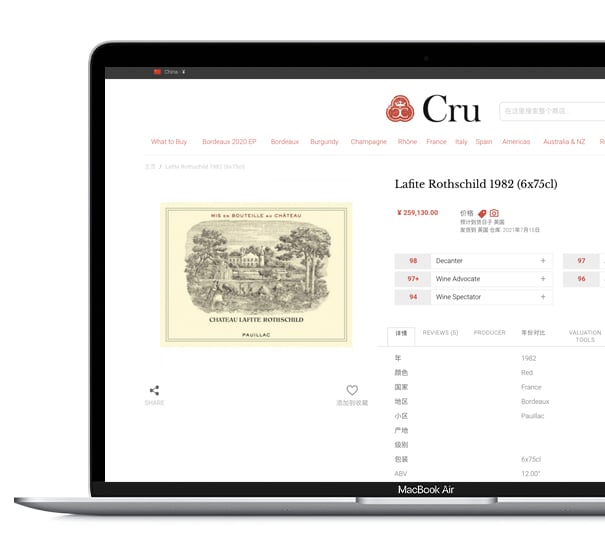

Barolo 2018: the new release is here
The vineyards that make up Barolo have a diversity of sites, soils, exposures, villages, and viticultural techniques. The individual identities of each cru were clearly expressed in the 2018 vintage.
And when it comes to Barolo in particular, the finest Nebbiolos are those in which the grape is able to express itself with clarity. This is especially true for the 2018 terroir-driven vintage, where transparency and finesse can be read plainly throughout the wine. As with the 2016 vintage, 2018 managed to achieve the perfect conditions to express each of the cru's terroir. The wines of this year are never monotonous (as was sometimes the case in 2017); each is exciting and different from the last. The wines are structured to show well in their youth and are possibly less long-lived than vintages such as 2016, but will age well for those who prefer freshness and delicacy overpower and weight.
The vintage notes
However, it wasn’t a vintage without challenges. 2018 was a rainy year, but the melted snow and rains were beneficial for the parched soil that followed the droughts of 2017.
The growing season began beautifully, giving an early suggestion that the vintage would develop gradually and well, and Roberto Conterno told us the expectations were very high from the start.
In May intense rain caused problems for many growers. But difficulties for the majority of the winemakers were confined to managing the vineyard. In a few cases, it wasn’t possible to intervene quickly enough, and this resulted in problems with fungal diseases for the vines. Gianluca Colombo told us that everything in the vineyard had to be done by hand because it was not possible to get into the vineyards with tractors, and that created a major challenge for biodynamic and organic wineries.
The development of the summer season was gradual, and from mid-July, the temperatures rose significantly. This, along with a long stable period of good weather, favoured the ripening of the grapes without overripening them, as was the case in some 2017s.
The beginning of September saw above-average temperatures, with high humidity but cool nights that continued an optimal ripening progression. The late harvest - which is ideal for Nebbiolo -rounded off an excellent end of the growing season. Most pickings started in the second week of October.
The quality of the vintage
Climate conditions have created difficulties in vineyard management and, in some cases, in quantity. But the quality of the wines of the appellation continues to be exceptional. In particular, it was the quality of the individual crus that shone through in 2018.
“With the colour of crushed rubies, the wines are extremely elegant, perfumed and charged with super-fine tannins. Their transparency accentuates in a clear-cut way the distinction between crus and villages and makes these wines almost ephemeral. Barolo like you have never seen before.” Walter Speller
A finesse-terroir-driven vintage with the additional value of being able to be drunk while others age in the cellar
The long season allows the fruit to ripen slowly and gradually, which also brings a magnificent ripening of the tannins, which Maria Teresa Mascarello calls "already defined and silky immediately”.
The late harvest of 2018, and the great diurnal range at the end of the season, allowed the development of complex primary aromas and acidity retention.
2018 showcases its own elegant, fragrant aromas and silky tannins which are more playful than the powerful structures of 2016, making it a worthy successor.










